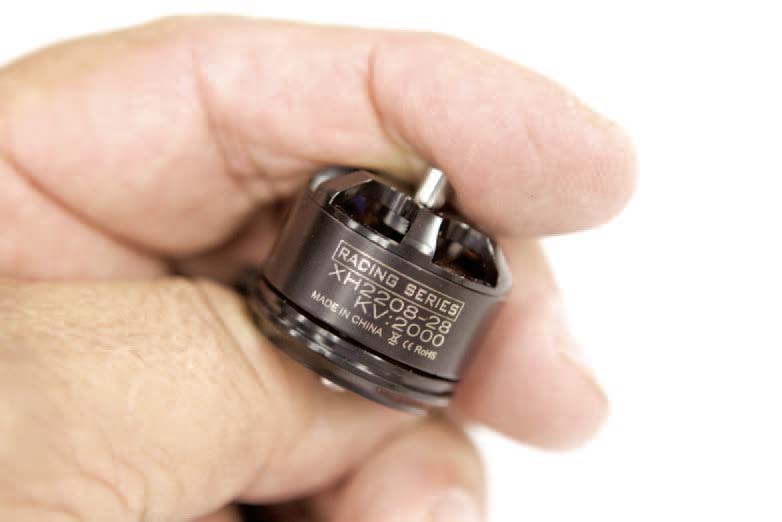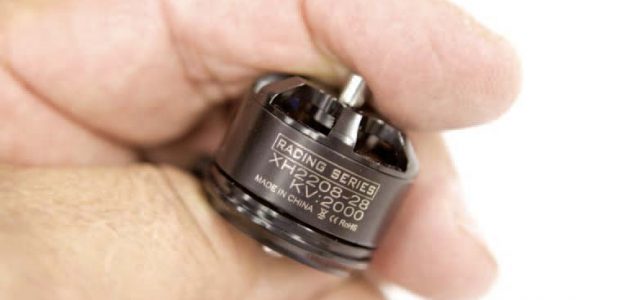What is the Kv rating of an electric motor?
Answer: “Kv” refers to the constant velocity of a motor (not to be confused with “kV,” the abbreviation for kilovolt). It is measured by the number of revolutions per minute (rpm) that a motor turns when 1V (one volt) is applied with no load attached to that motor. The Kv rating of a brushless motor is the ratio of the motor’s unloaded rpm to the peak voltage on the wires connected to the coils.
Knowing the Kv rating of a motor will help you determine how fast that motor will rotate when a given voltage is applied to it. For example, a 980Kv motor powered by an 11.1V battery would spin at 10,878 rpm (980 x 11.1) with no load. A change in voltage will change the rpm and will require changing the propeller to avoid overloading the motor. Kv allows you to get a handle on the torque that can be expected from a particular motor. Torque is determined by the number of winds on the armature and the strength of the magnets. A low Kv motor has more winds of thinner wire—it will carry more volts at fewer amps, produce higher torque, and swing a bigger prop. A high Kv motor has fewer winds of thicker wire that carry more amps at fewer volts and spin a smaller prop at high revolutions.
Knowing the Kv rating of a motor is helpful to determine which motor belongs in which aircraft. An FPV racing quad, for example, requires high rpm for high speed, so you would use a high Kv motor and a small-diameter prop. On the other hand, you would use a lower Kv motor in a heavy-lift multirotor because you want to turn a large prop at lower rpm and obtain high torque.





